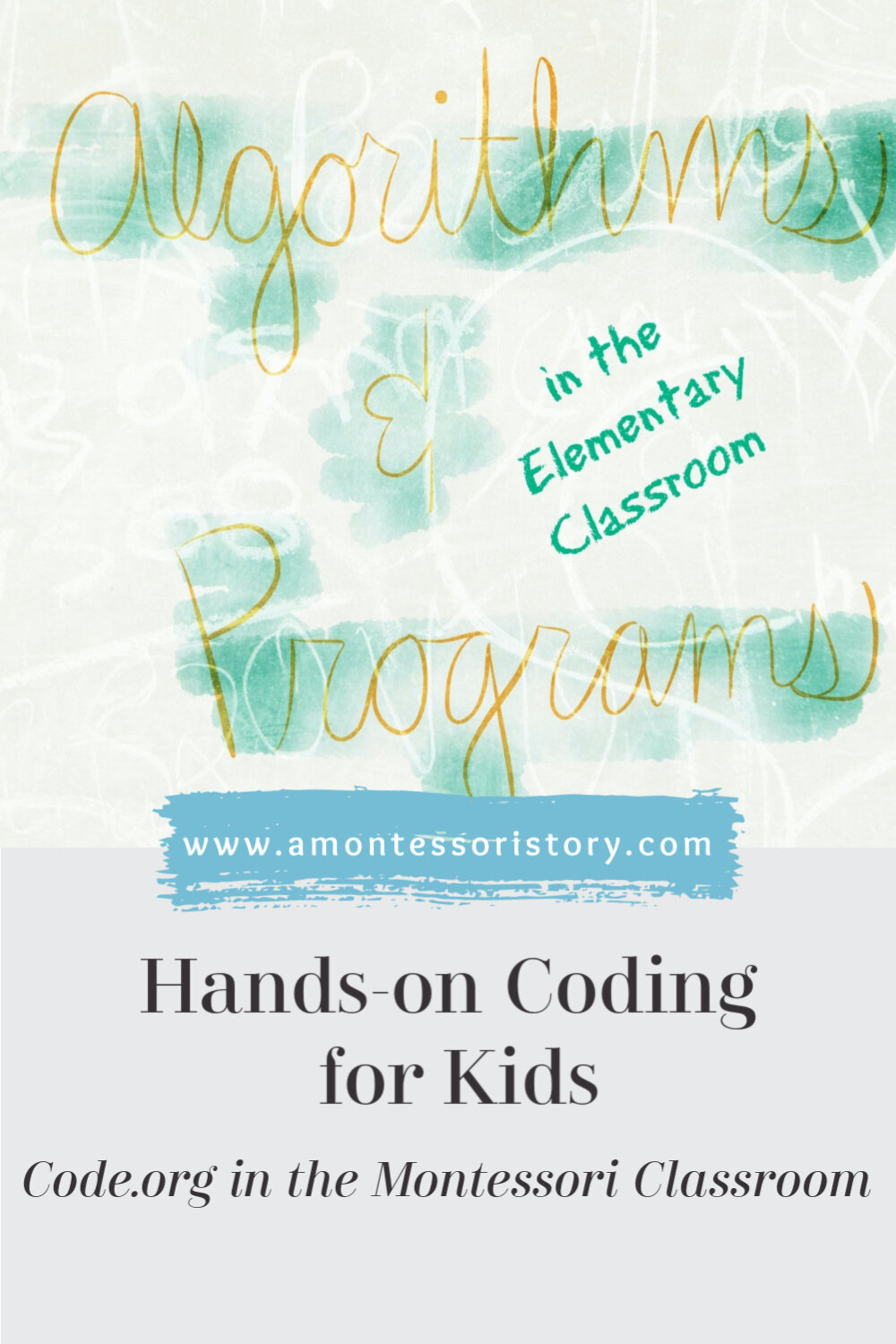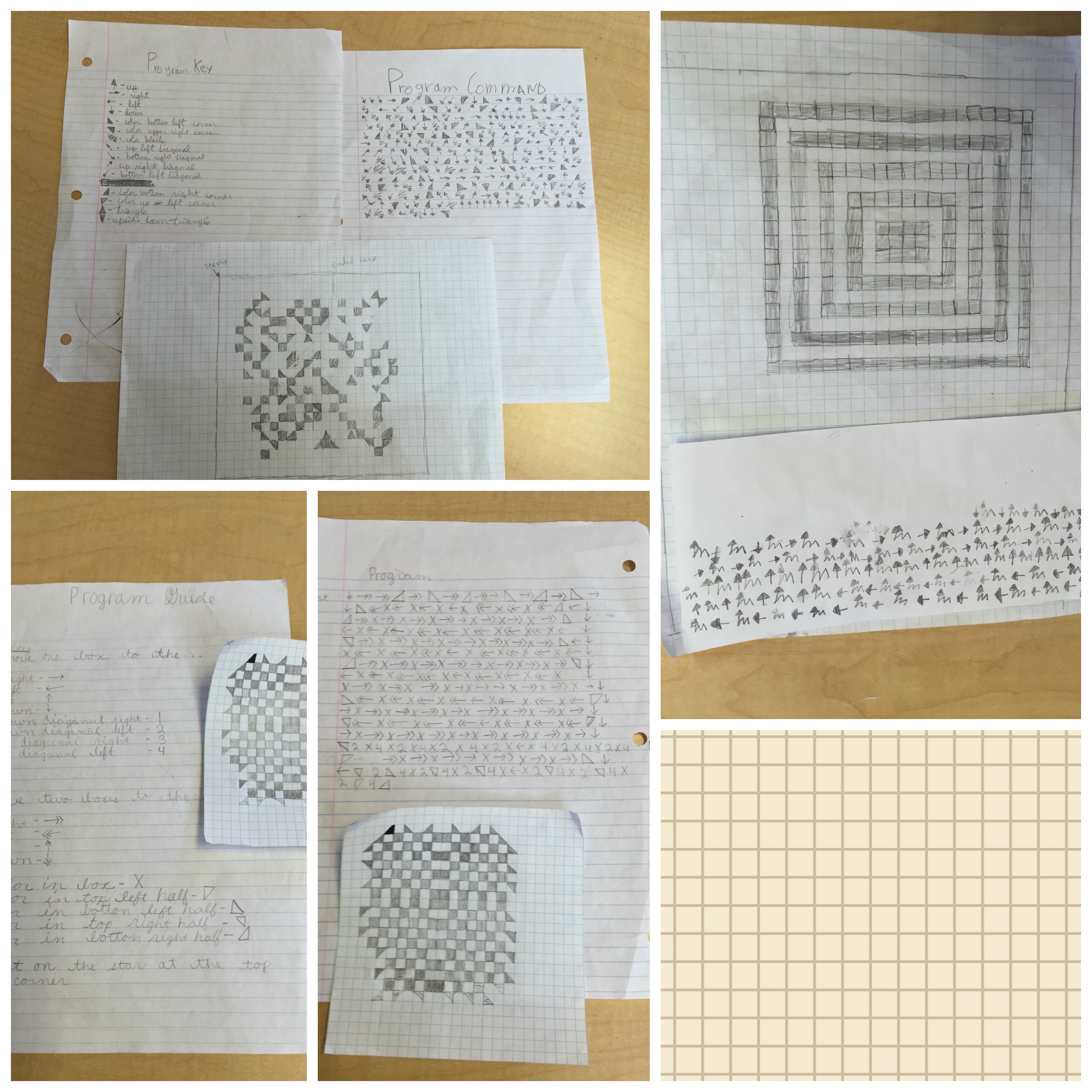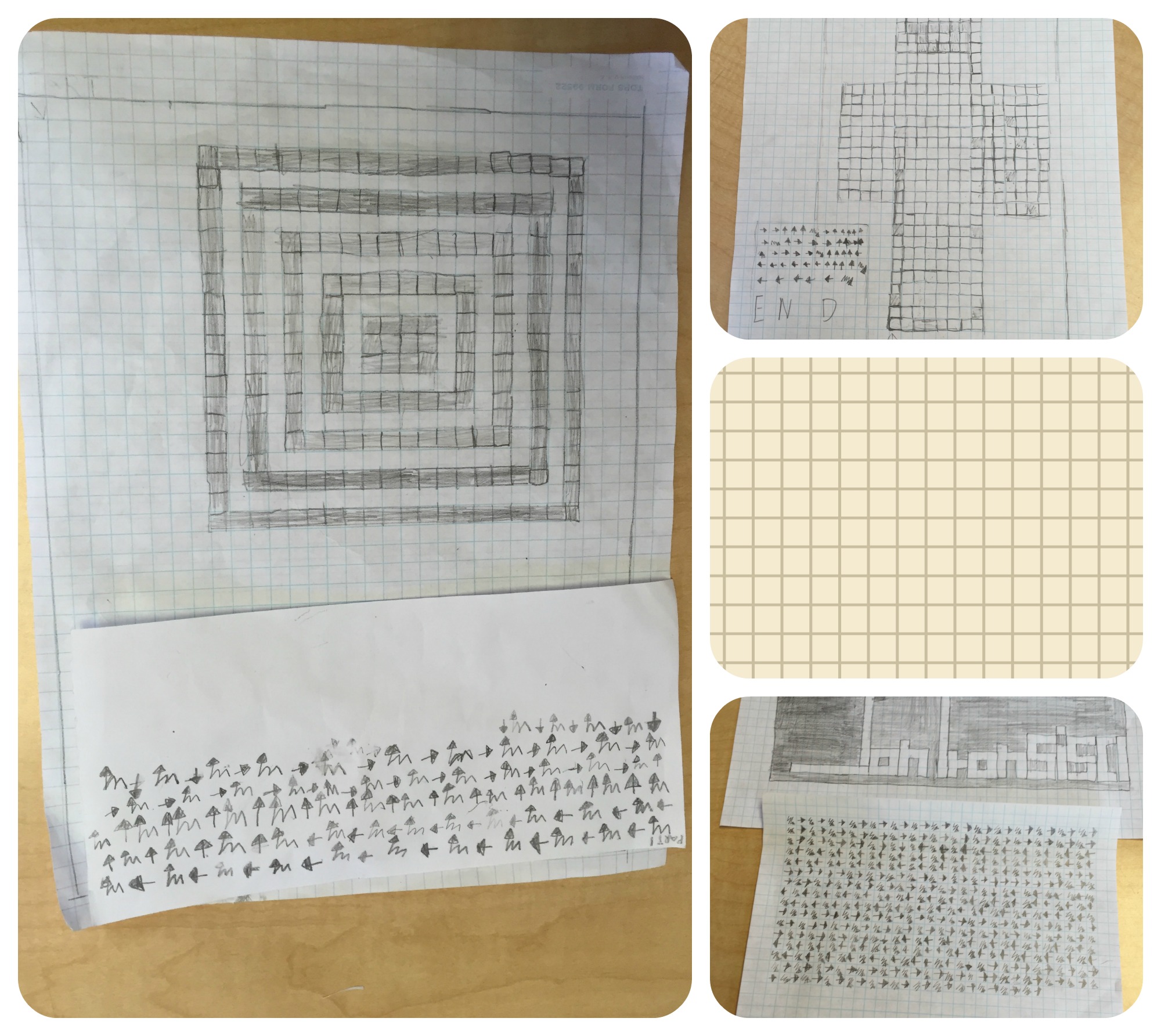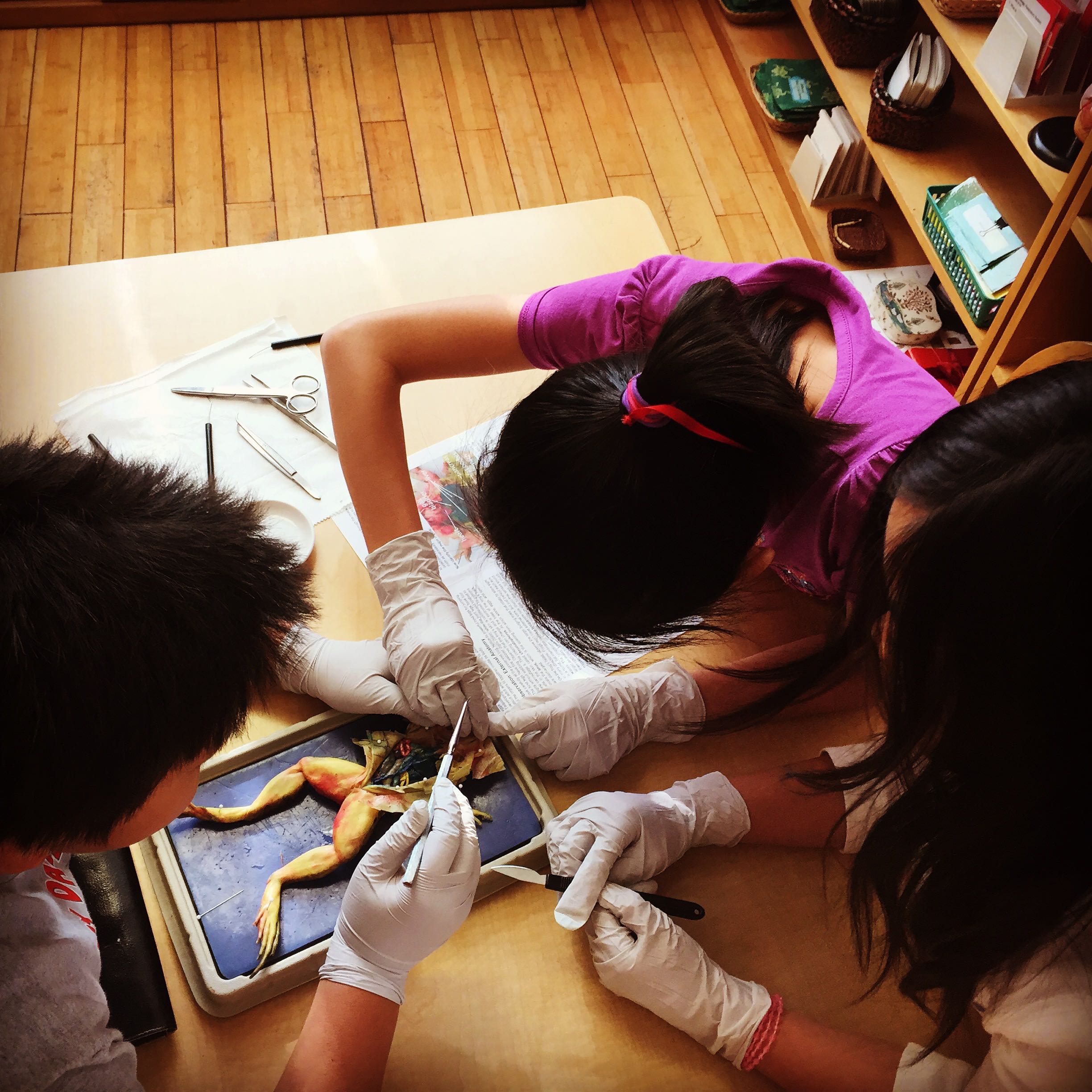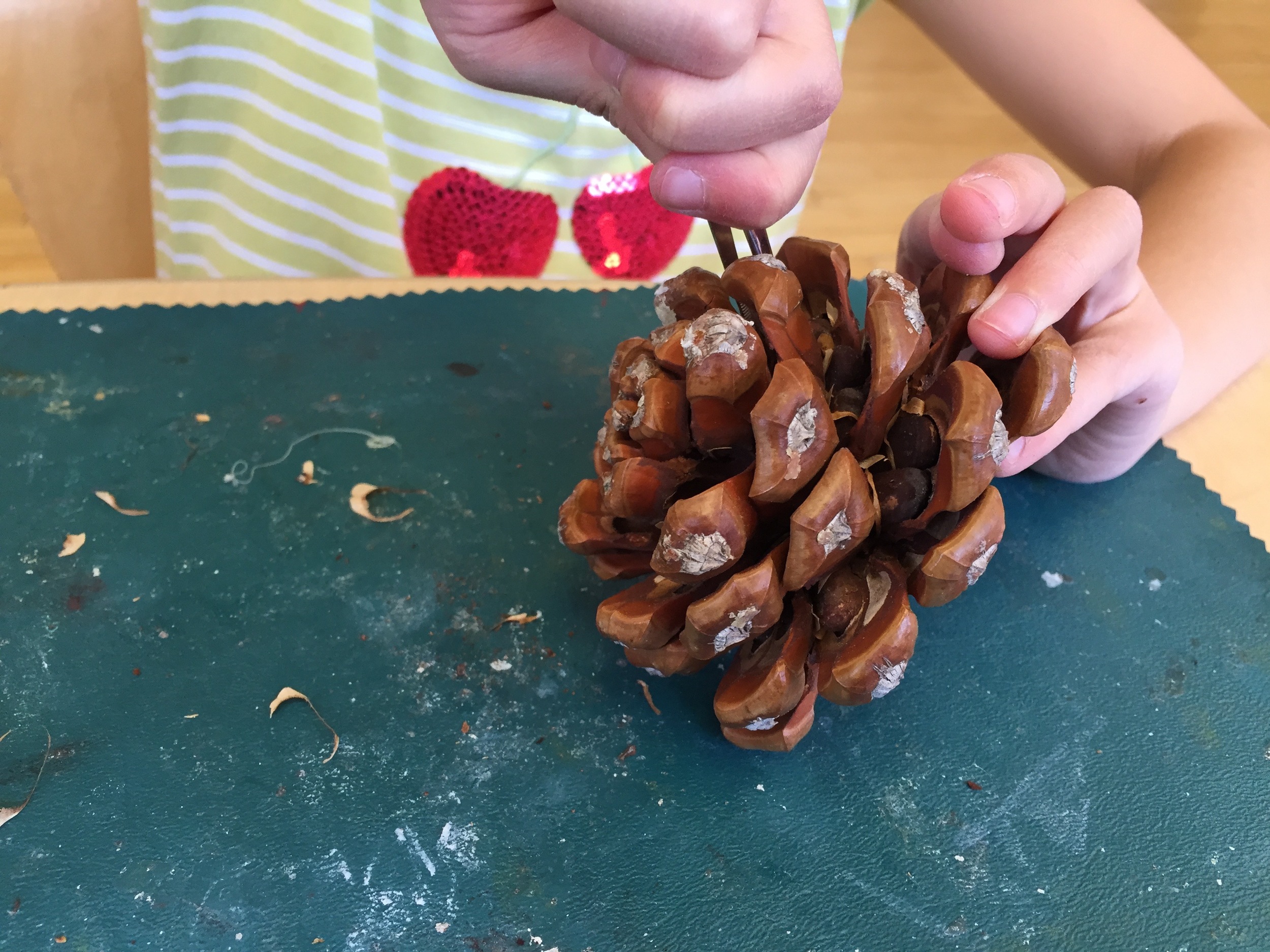A Review of Creative Schools: The Grassroots Revolution That’s Transforming Education
*This post may contain affiliate links at no cost to you.
For the month of January, I read Creative Schools: The Grassroots Revolution That's Transforming Education by Sir Ken Robinson and Lou Aronica.
If you don't already know who Sir Ken Robinson is, I highly recommend checking out his TED Talk, Do Schools Kills Creativity? (I'm pretty sure it's the most popular TED talk of all time.) AND the short video, Changing Education Paradigms. Both are a great introduction to his general outlook on education.
For a more in depth look, read this book.
What's the book about?
The basic premise of Creative Schools is about transforming the current education system. Robinson makes it clear that education reform is not enough. We don’t need to reform a system that was not created for the world that we now live in. We need to transform the system. We need a revolution. And all revolutions start from the ground up.
He notes that the current education system was created on the principal of mass production–to meet the labor needs of the Industrial Revolution. But today we have technologies that can aid our students in their learning in innovative ways; we also have an economic need for creative thinkers, whereas information regurgitation is no longer relevant (in the age of Google).
“…digital technologies are transforming how we all work, play, think, feel, and relate to each other. That revolution has barely begun. The old systems of education were not designed with this world in mind. Improving them by raising conventional standards will not meet the challenges we now face.”
This book takes a look at the standards movement and its effect in the classroom (on teacher performance and student anxiety levels, for example). It also looks at the implications of the standards movement on a large scale, noting its effect on economic issues such as unemployment, underemployment, and student debt.
Robinson argues that change will not come about from government legislation, but that it must come from within the education system itself. He says that if you are involved in the education of young people in any form or fashion, then YOU are the system and YOU have the ability to be the change that we so desperately need.
Is it worth reading?
Absolutely.
Sir Ken Robinson advocates for personalized, holistic, and creative approaches to learning. As a Montessori educator, this is the kind of education that I am passionate about. Let’s be honest: I kind of knew that I was going to love this book before I read it.
That being said, this book is filled with interesting and inspiring anecdotes describing educators from all over the world who have stepped outside of the box that is defined by the standards movement in order to educate students using more creative methods that have a lasting impact.
Furthermore, it offers practical advice on what changes need to be made and how to make them. He gives insight into what he believes makes a teacher exceptional, what an optimal curriculum looks like, and he even offers examples of alternative forms of assessment.
Did it challenge my views?
Robinson offered me a new perspective in regards to my methods of teaching in the classroom. He suggests that a balance of traditional and progressive approaches to education is essential in all subject areas in order to provide a dynamic education.
He points out that teachers should have a wide repertoire of approaches to education. Direct instruction is sometimes necessary, while at other times, facilitating group projects and exploratory activities are important.
As a Montessori educator, I lean toward progressive education. I see so much benefit from group work and collaboration, from giving students time and space to figure things out on their own, and from projects that engage students’ curiosity.
However, at times direct instruction and memorization are also necessary. It’s my job to know the appropriate times to use the appropriate techniques.
“Effective teaching is a constant process of adjustment, judgment, and responding to the energy and engagement of the students.”
How did it inspire my work as an educator?
In Creative Schools, Robinson describes what he believes to be a well-balanced curriculum that would meet the educational needs of students in the 21st century. He says that a good curriculum should be interdisciplinary. It should include a balanced study of the arts, humanities, language arts, mathematics, physical education, and science.
He also expounds the importance of teaching our young people critical thinking skills:
“Critical thinking always was important to human flourishing; it is becoming even more so. We are bombarded from every direction with information, opinions, ideas, and pitches for our attention. The Internet alone is the most ubiquitous source of information that humanity has devised, and it is growing exponentially. So too are the risks of confusion and obfuscation…the need has never been greater for [our young people] to separate fact from opinion, sense from nonsense, and honesty from deception.”
If that doesn’t ring true, I don’t know what does.
All of this got me thinking about what I believe to be the most essential and valuable disciplines that should make up a curriculum for 21st century elementary students. It’s a work in progress, but here’s what I’m leaning to at the moment:
Peace Education
I use this term as an umbrella for conflict resolution, social-emotional learning (SEL), and mindfulness. Peace education will ensure the wellbeing of our children now and of humankind in the future.
Geography & Humanities
“Humanities education broadens and deepens students’ understanding of the world around us—its diversity, complexity, and traditions.”
As our world becomes evermore connected, this is critical.
Environmental Sciences
If we want our children to grow into adults who take care of our planet–our home– then we must teach them about it first. In addition to biology, botany, biomes, and physical geography studies, I believe this should include practical experience outside in the natural environment (gardening, scouting, bird watching, etc.)
Language
Students need to be well versed in all aspects of literacy. They need to know how to properly, intelligently, and thoroughly communicate their thoughts and ideas to others. They should be fluent readers who are able to learn from others and be inspired just by picking up a good book.
Mathematics
Mathematics is a language that is common to all of humankind.
Computer Science
Computer programming, or “coding” is the language of our future. Our students must learn to be creators of digital technology, not just passive consumers.
The Arts
“Learning in and about the arts is essential to intellectual development. The arts illustrate the diversity of intelligence and provide practical ways of promoting it. The arts are among the most vivid expressions of human culture. To understand the experience of other cultures, we need to engage with their music, visual art, dance, and verbal and performing arts…Engaging with the arts of others is the most vibrant way of seeing and feeling the world as they do.”
Final thoughts?
I would definitely recommend Creative Schools: A Grassroots Revolution to Transforming Education to any educator who is interested in doing their part to change the education system and to move away from the standards movement.
Buy it. Read it. Absolutely.
I look forward to reading your thoughts about the book in the comments!

